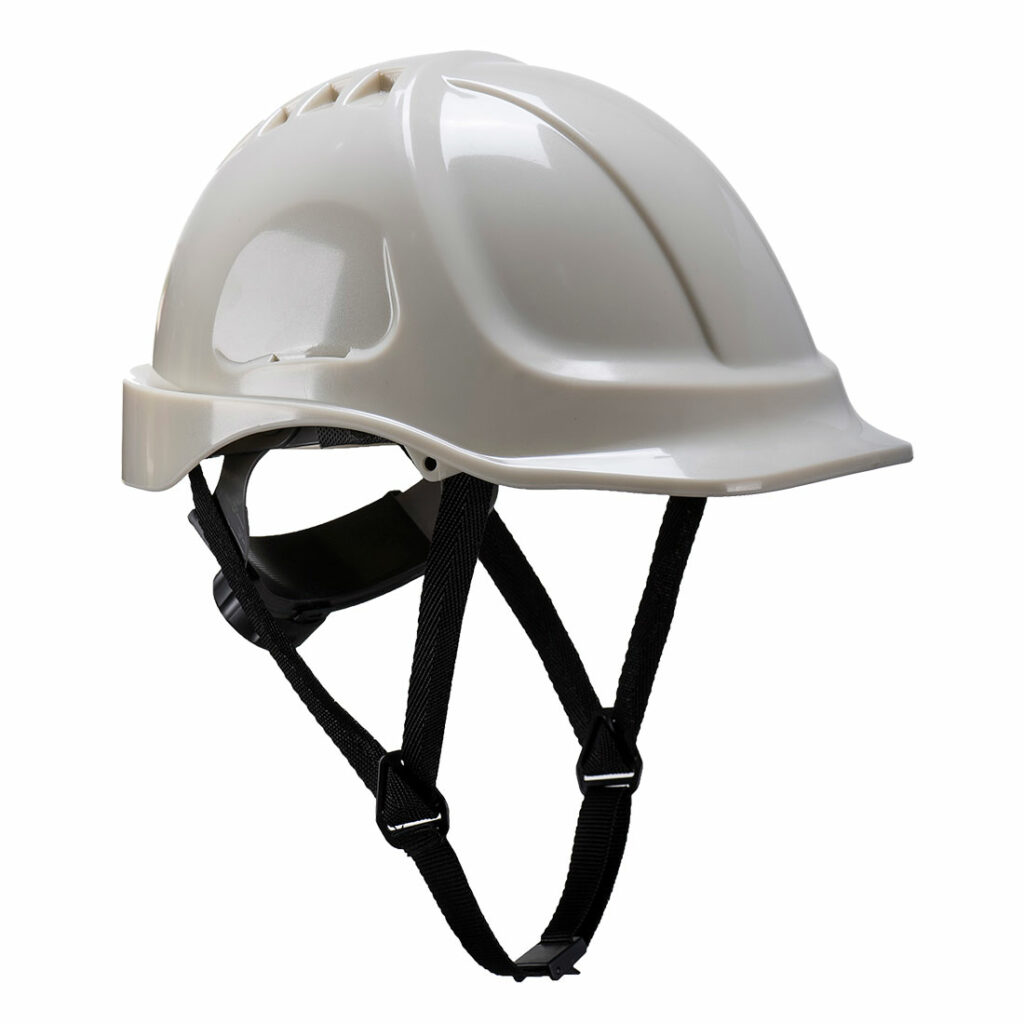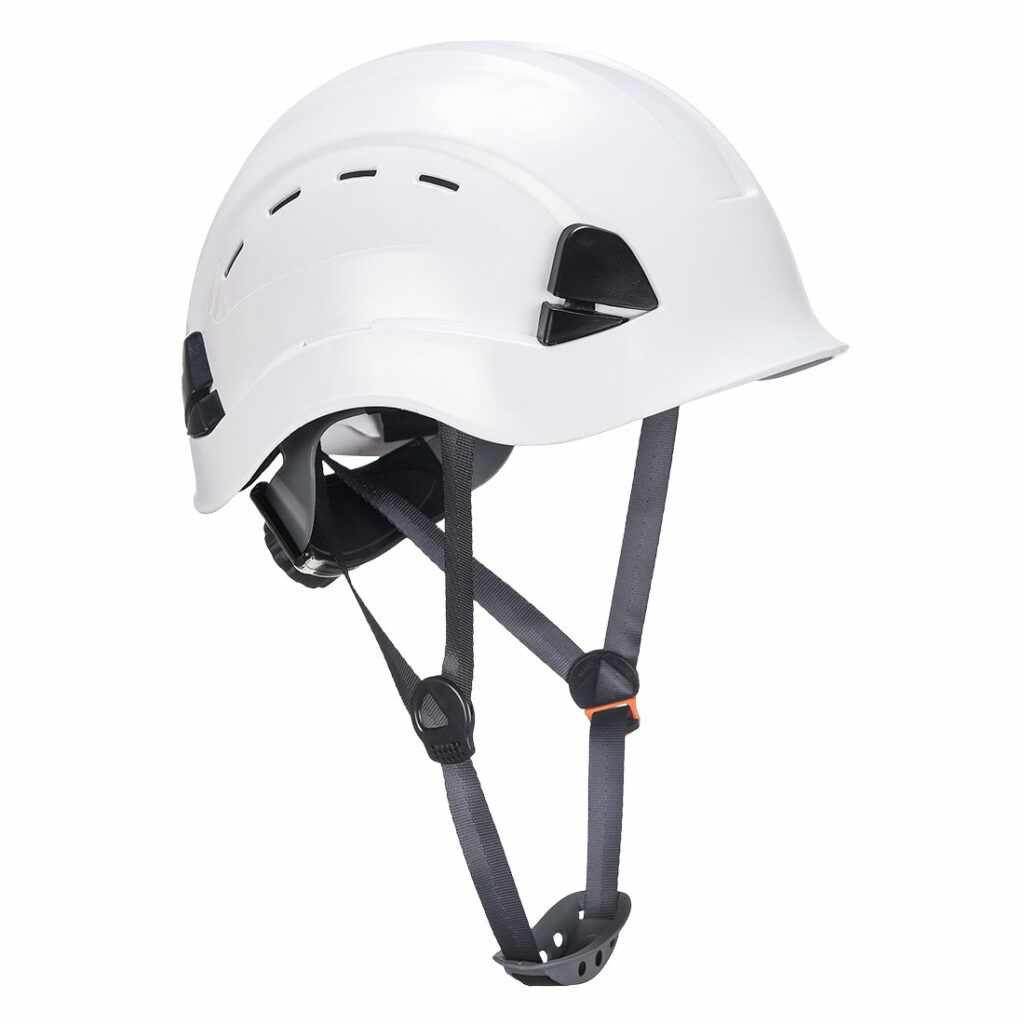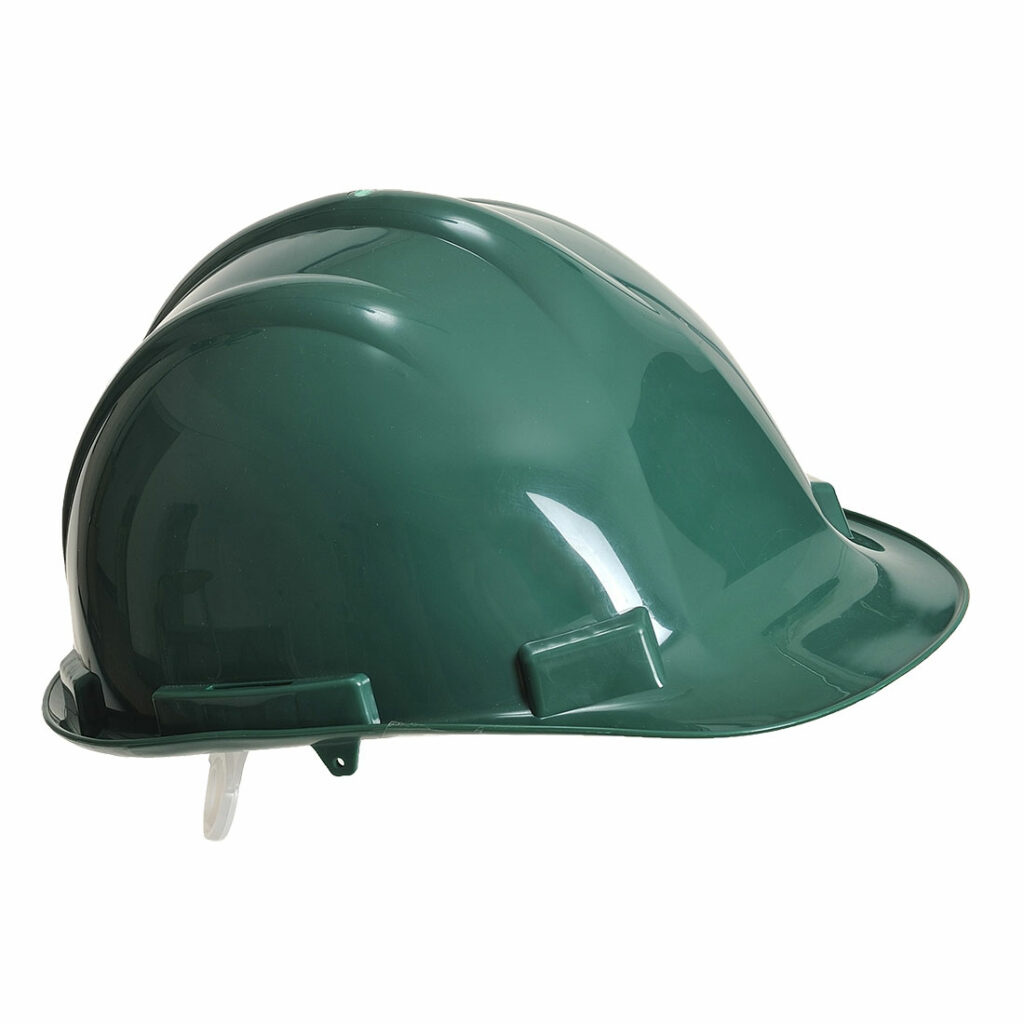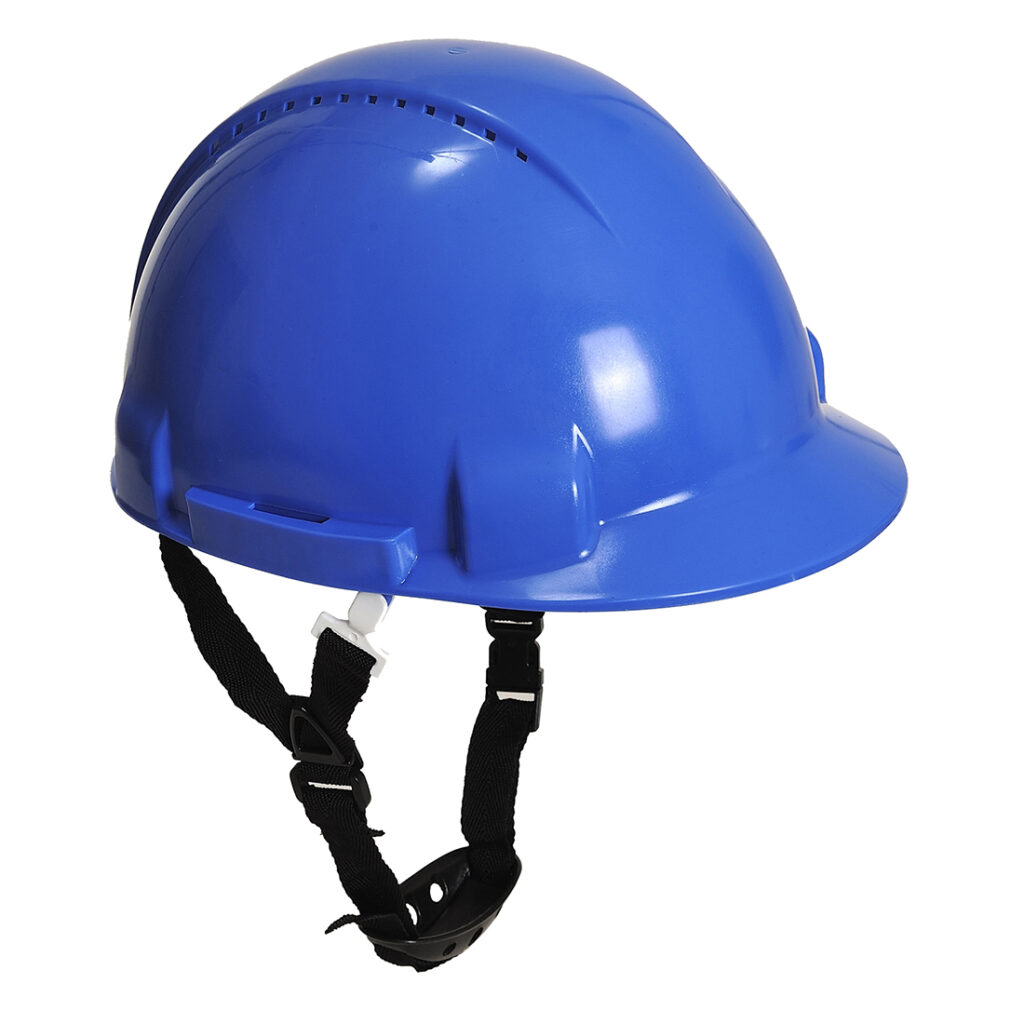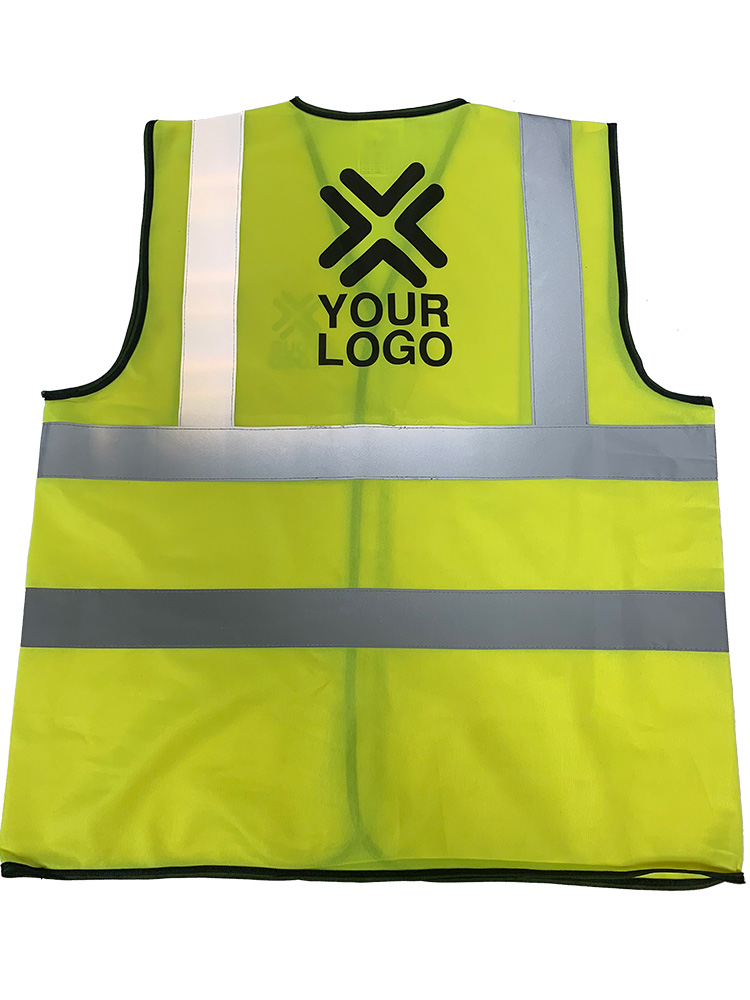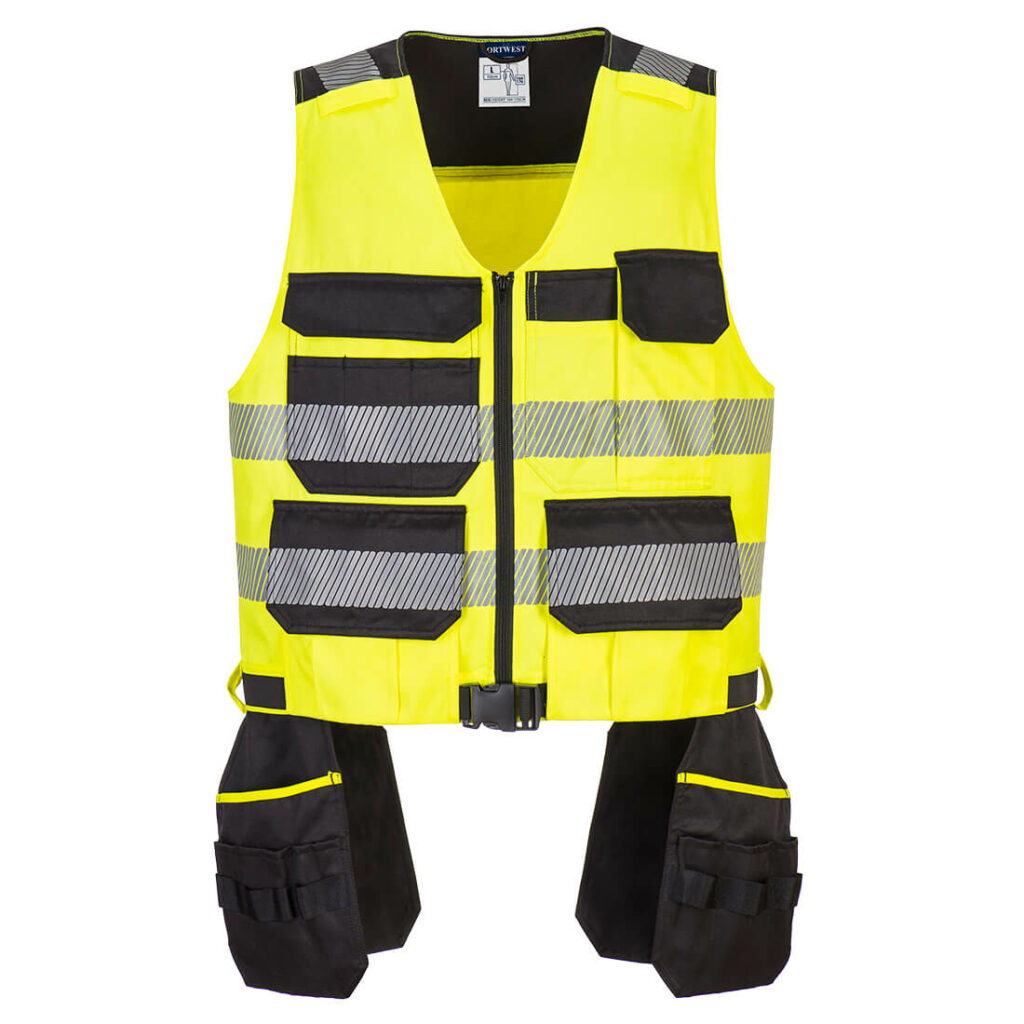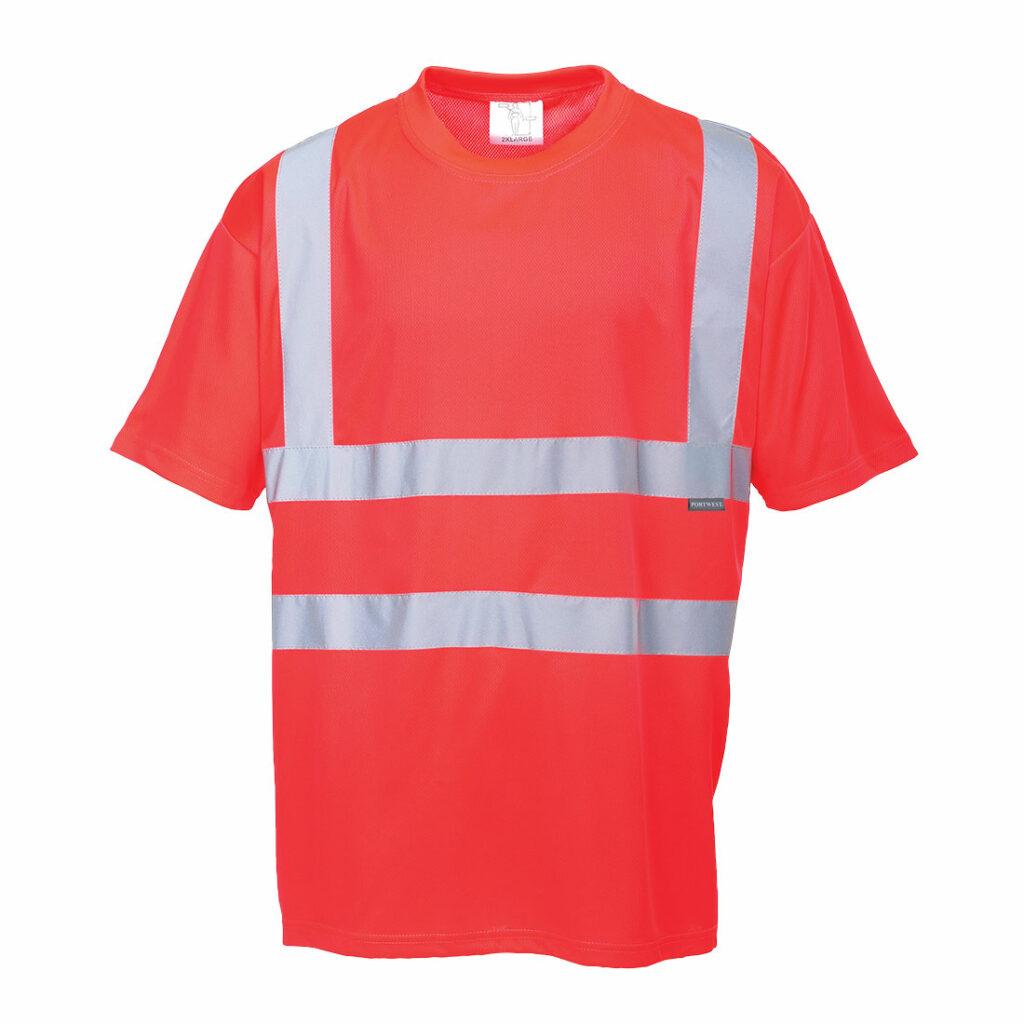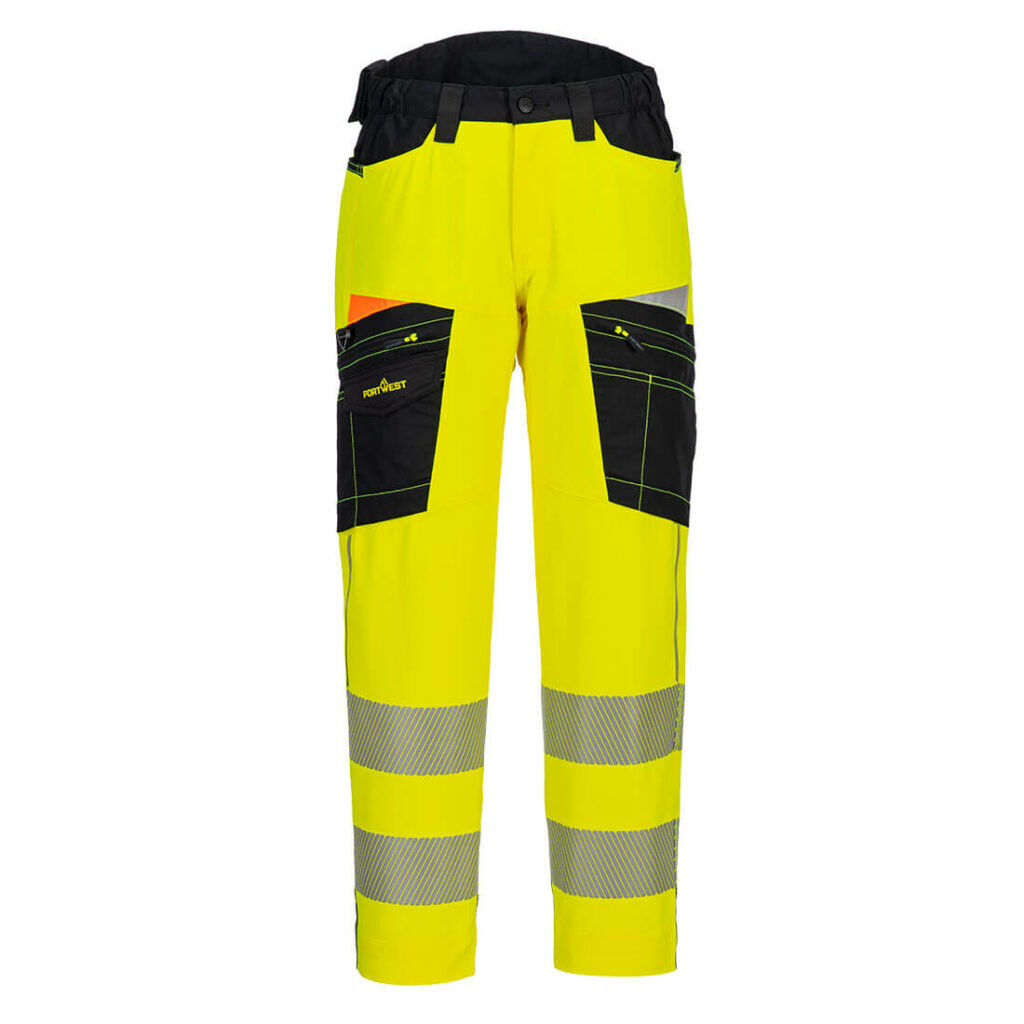What are the Most Common Construction Site Accidents?
Construction site accidents are common, but the majority of the time they are so easily avoidable. Working on a construction site should always be a safe operation. Here’s everything you need to know about the most common type of on-site accidents and how you can prevent them from happening.
- Page Contents
- Most Common Types of Construction Site Accident
- How to Prevent Construction Site Accidents
Most Common Construction Accidents
There are a wide range of risks & hazards associated with working in construction. Builders and allied trades are constantly at risk from injury and even death whilst earning a living. It is absolutely right that employers understand the risks and do everything they can to mitigate them as much as possible so far as is reasonably practicable.
There is legislation specifically for construction industry, employers should follow The Construction (Design and Management) Regulations 2015.
Here are some sobering thoughts...
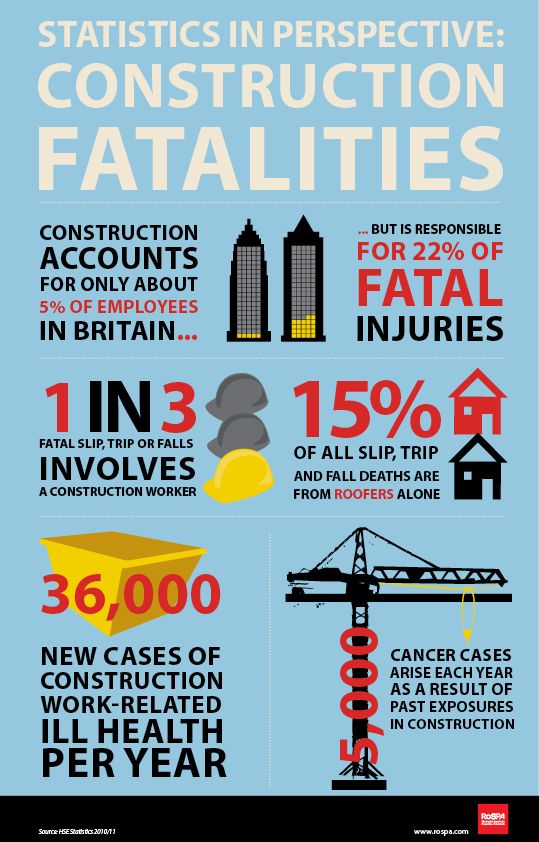
Now we have your undivided attention, read on to learn more about the risks of working in construction and a little advice on how to reduce those risks as much as possible.
Falls From Height
The pertinent legislation here is the Work At Height Regulations (2005)
The most common type of a fall from height is when workers fall off unsecured ladders or scaffolding. These type of falls can leave your team with broken bones, fractures, back and injuries or even cost them their lives.
Ladders should always be used in the correct way to prevent this from happening. Overleaning or setting them up in an unsafe place is very dangerous. Where scaffolding is erected, all walkways need to be appropriately guarded to ensure that there is a safe route from the site.
Falling Objects
Waste items, bricks, tools or spare parts are often transferred between tiers of scaffolding and as a result, workers may find themselves being struck by them. If communication is poor, items can be dropped onto you from above without any warning, giving you little time to get out the way.
Injuries can vary from minor cuts and bruises to more serious crush injuries or head and brain injuries. The constant risk of a falling object hazard is the reason Hard Hats are required on building sites.
Please be aware that Bump Caps are not suitable replacements for Hard Hats in a construction environment as they are designed for different hazards.
Tripping Hazards
Slips, trips and falls are the most common accident in any workplace. And the construction site is no different. Workers can easily find themselves tripping over loose cables or even falling into holes in the ground that have been dug and not signed or cordoned off correctly.
The level of injuries sustained with this kind of accident can really be anything - it depends on the person, how they fell and how they landed.
Defective Equipment
The pertinent legislation here is The Provision and Use of Work Equipment Regulations 1998
Tools should be regularly tested and maintained. If the tools become defective, it is the owner’s responsibility to oversee the maintenance and carry out the repairs.
Should your staff be injured from faulty equipment, it will be classed as the employer's fault and would leave you liable for the compensation.
Vehicle Accidents
Vehicles and pedestrians need to cooperate, allowing them to circulate safely together. But if a collision does occur between pedestrian and vehicle, or even vehicle on vehicle, there will no doubt be injuries to one or both parties. Not to mention the costs of the repairs needed and potential compensation.
The risks of a moving vehicle striking a worker is the main reason for Hi Vis clothing being mandated on construction sites.
Excessive Noise
Excessive site and tool noise raises a huge cause for long term problems. Tinnitus can develop over time (ringing of the ears) if you are exposed to deafening noise for too long without the correct Personal Protective Equipment (PPE) for noise hazards.
The employer has a duty to check and monitor noise and where possible, reduce it and the length of time exposed to it. If this is not possible, the correct PPE should be bought for the staff.
Vibrating Tool Hazards
Vibration from power tools can also prove to have serious effects on health. It can cause nerve and tendon damage to the hands, arms and wrists which can be extremely uncomfortable, painful or even lead to amputation or paralysis.
Thankfully, advances in technology have cut down on the vibration power-tools transmit to the body and anti-vibration gloves can play a large role in reducing that risk to almost zero.
How to Prevent Construction Site Accidents
Prevention is always better than cure, and it is an employer's responsibility to ensure as many hazards are avoided so far as is reasonably practicable.
Here are some pieces of advice on how to reduce and remove risk on construction sites.
Provide Safety Training
All employees, whether old or new, should undergo regular and thorough training. Your team need to be educated on and be aware of all workplace safety standards and hazards. Employees should not operate equipment that they are not qualified to use.
Policies should be drawn up and revised for every job that you carry out. This written safety policy should include the name and location of a first-aider on the site.
Everybody on site should know who the first-aiders are, as well as supervisors and visitors. BUILD UK created a colour coding scheme for hard hats that makes workers with different roles easier to identify at a distance.
Hold Frequent Crew Safety Meetings
These meetings should be held regularly. Dependant upon on the risk level and size of the job you are tackling, they could even be held daily.
These safety meetings should be short and focused, discussing all the relevant risks and hazards to watch out for on a particular site.
For instance: if you know which day the cement is arriving, or the weather has taken a turn for the worse, you can forewarn your teams. You should probably adjust working schedules to keep the workforce away from those intermittent hazards.
Personal Protective Equipment (PPE)
PPE is crucial to keeping construction workers safe and staff should wear the correct protective gear for the job at all times.
Here are some examples of what PPE a construction site worker should be wearing:
Hi Vis clothing will make your workers stand out on-site. Thus, reducing the possibility of an accident and keeping them safe constantly. Find Hi Vis Clothing for all environments Here.
Hard hats are a great way to protect against falling debris. A hard hat is a must on a site where things are being passed from different levels of scaffolding. Find Head Protection and Hard Hats Here.
Gloves are a necessity if your workers are handling and lifting a lot of items on site. A decent pair of rigger gloves can last a long time and go a long way toward keeping workers healthy and safe. More specialist workers would need a more specialist safety glove though (see Vibration hazards above), so do your research. Find Work Gloves Here.
Safety boots with protective toe caps and anti-penetration mid-sole protection are an absolute must. You should understand the rating system for protective Footwear to ensure you are providing your staff with the best possible protection. Find Safety Work Boots Here.
Safety goggles or safety glasses protect workers from flying debris. Debris could be flying from a job somebody else is doing, so it is important eye protection is worn when debris is being created nearby - not just worn by the employee creating it. Find Eye Protection Here.
Ear defenders or ear plugs should be provided to workers who are exposed to excessive noise. Similar concept to the eyewear above, noise is a hazard even from other people's work. Find Hearing Protection Here.
Barrier Creams and effective skin cleansers for washing should be provided, and training given on how and why to use them. Obviously you can't make someone wash and protect their skin, but you can teach them best practice. Find Industrial Skincare Solutions Here.
Sun cream should be provided to those working outside in the summer months although not a legal requirement.
Keep the Work Area Clean & Tidy
Good housekeeping in any work environment is key to safety and efficiency. By keeping your site clean and free of debris, you will lessen the chances of injury and help prevent site accidents such as slips, trips and falls. Make sure that tools are stored away after completing a job and clear walkways.
Hiring a labourer just for keeping a tidy site will help foster a neat and tidy culture on site and work to reduce the risk of accidents as a result.
Prevent Falls
Falls are the leading cause of fatalities in the industry. The installation of fall protection systems, such as guardrails, toe boards, screens, canopy structures or nets, would reduce the number of fall accidents on-site.
If scaffolding is in place, ensure that it is erected properly. Only staff who are fully qualified to erect scaffolding should be doing so. A professional should inspect the scaffolding before work commences on the structure.
It should be inspected every 7 days or if the scaffolding is majorly altered.
For other working at height, you may need safety harnesses, fall arresters and ropes. This can be quite a complicated requirement and is outside the scope of this article and should be discussed in depth with your health & Safety officer.
Recognise the Hazards and Make a Plan
You should inspect the site and point out the various hazards before any work is begun. This will aid your risk assessment and help you be more accurate.
Next, you should list the preventive measures that you are taking to avoid these hazards and mitigate risk.
And finally, incorporate your findings into your staff training and crew safety meetings.
Follow HSE's Guidelines and Report Any Dangerous Working Conditions
Quite simply, do not cut corners.
This increases the risk of putting your staff in danger and potentially your business in hot water. You should report violations of best practice as soon as possible.
If you are unaware of the Law for working on construction sites you can read more here.
Protect Your Team
Many hazards, likes the ones mentioned above, are controllable to a certain extent. However, there are various hazards that are out of your hands or beyond the scope of "so far as is reasonably practicable", as defined in the Health & Safety at Work Act (1974).
Your job as an employer is to reduce the environmental hazards as much as possible, and ensure staff wear the PPE provided to reduce the remaining risks.
- Why Embroidery Looks Better on Polos Than T-Shirts – And What That Means for Your Brand - 29th December 2025
- 6 Visual Cues That Shape Workplace Culture - 23rd September 2025
- How to Roll Out a Workplace Uniform Policy - 23rd September 2025

